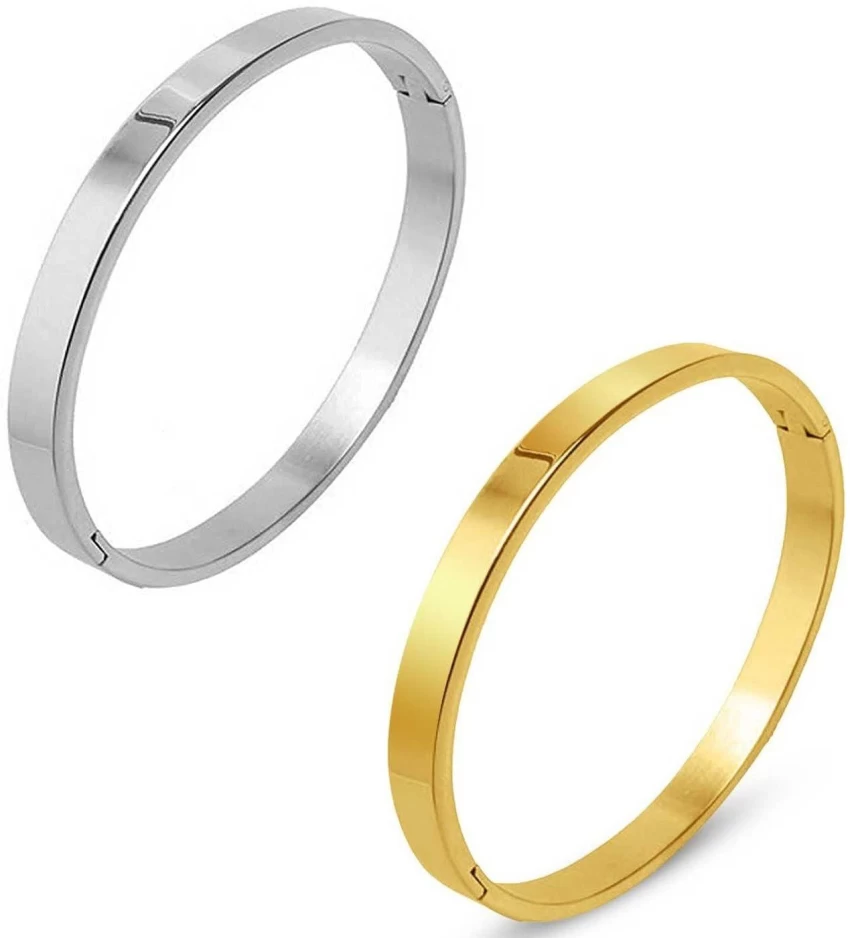What is the impact of modern trends on the traditional significance of bangles?
Bangles have been an integral part of women’s jewelry for centuries, symbolizing cultural heritage, tradition, and beauty. They hold deep-rooted significance in various societies, especially in South Asian, Middle Eastern, and African cultures. Traditionally, bangles have been associated with marital status, prosperity, and religious beliefs. However, with the influence of modern trends and evolving fashion sensibilities, the perception and usage of bangles have undergone a transformation. Today, they are not only seen as cultural ornaments but also as contemporary fashion accessories that reflect personal style and individuality.
Traditional Significance of Bangles
Bangles have long been considered a symbol of femininity and grace. In many cultures, married women are expected to wear bangles as a mark of their marital status. For instance, in Indian culture, glass bangles in red and green are worn by brides as a sign of prosperity and good fortune. Similarly, in Pakistani and Bangladeshi traditions, women wear intricate gold bangles during weddings and festive occasions. Beyond marriage, bangles also hold religious significance, often being offered as gifts during ceremonies and prayers.
Additionally, bangles are believed to have spiritual and health benefits. In Ayurveda, wearing metal bangles, especially those made of gold, silver, or copper, is thought to enhance energy flow and improve circulation. The gentle tinkling sound of bangles is also considered auspicious and soothing.
Influence of Modern Trends
The advent of globalization and the increasing influence of Western fashion have significantly altered the way bangles are perceived. In contemporary society, bangles have become more than just a cultural symbol; they have evolved into a versatile fashion statement. Modern trends have introduced a variety of materials and designs, making bangles more appealing to a diverse audience.
1. Shift from Tradition to Fashion
Traditionally, women wore bangles in specific colors and materials that held cultural significance. However, today’s trends favor a mix of traditional and modern styles. Bangles are now available in acrylic, resin, leather, and lightweight metals, catering to the tastes of modern women who prefer comfort and style over cultural obligations. Women of all ages and backgrounds wear bangles as a fashion accessory, irrespective of their marital status or religious beliefs.
2. Minimalist and Statement Bangles
The trend of minimalism has influenced the jewelry industry, leading to the popularity of sleek, simple bangles that can be worn daily. Delicate gold or silver bangles with subtle engravings or charms are highly favored in professional settings, allowing women to maintain a sophisticated yet stylish look. On the other hand, chunky statement bangles with intricate designs, stones, or embellishments are commonly seen on fashion runways and red carpets, showcasing the versatility of this traditional ornament.
3. Customization and Personalization
Modern consumers seek unique and personalized fashion pieces, leading to a rise in customized bangles. Many jewelry brands offer engravings, name inscriptions, or handcrafted designs that add sentimental value to bangles. This trend bridges the gap between tradition and modernity, allowing women to embrace cultural heritage while expressing individuality.
4. Celebrity and Influencer Impact
Social media and celebrity culture have played a crucial role in redefining the significance of bangles. Influencers and fashion icons often style bangles in unconventional ways, mixing and matching different styles, materials, and colors. This exposure has encouraged younger generations to incorporate bangles into their everyday fashion, making them a trendy accessory rather than just a traditional ornament.
Preservation of Cultural Significance
Despite the influence of modern trends, the traditional essence of bangles has not completely faded. Many women continue to wear traditional bangles during special occasions, festivals, and weddings, keeping the cultural heritage alive. Additionally, designers and artisans are making efforts to preserve traditional craftsmanship by blending historical motifs with contemporary aesthetics. Handcrafted bangles featuring intricate carvings, ethnic patterns, and vintage designs remain highly valued in the market.
Conclusion
The impact of modern trends on the traditional significance of bangles is a testament to the evolving nature of fashion and cultural identity. While the symbolic meaning of bangles may have transformed over time, their relevance remains intact. Today, bangles serve as a beautiful fusion of tradition and modernity, allowing women to celebrate their heritage while embracing contemporary styles. Whether worn for cultural, sentimental, or fashion reasons, bangles continue to be an essential part of women’s jewelry collections, transcending generations and geographical boundaries.





Comments
Post a Comment